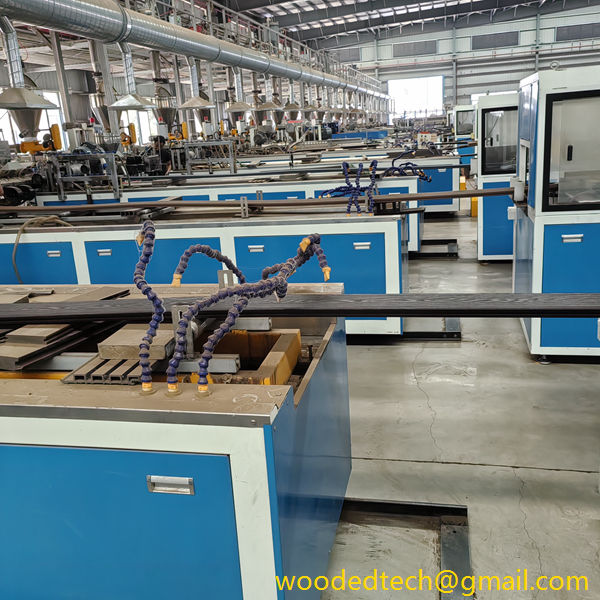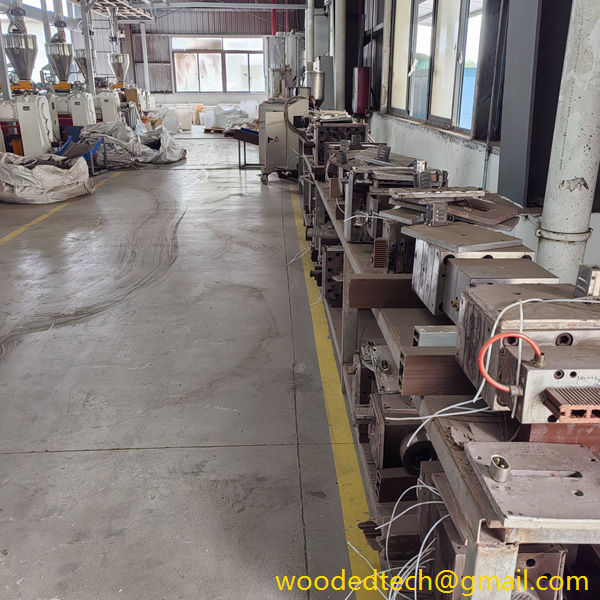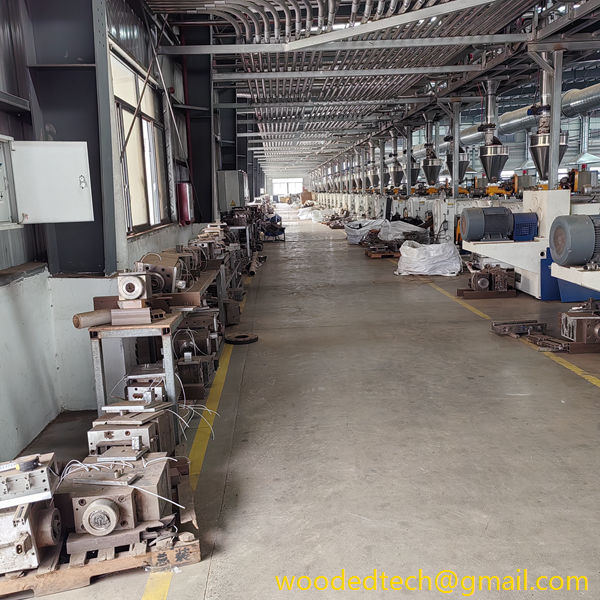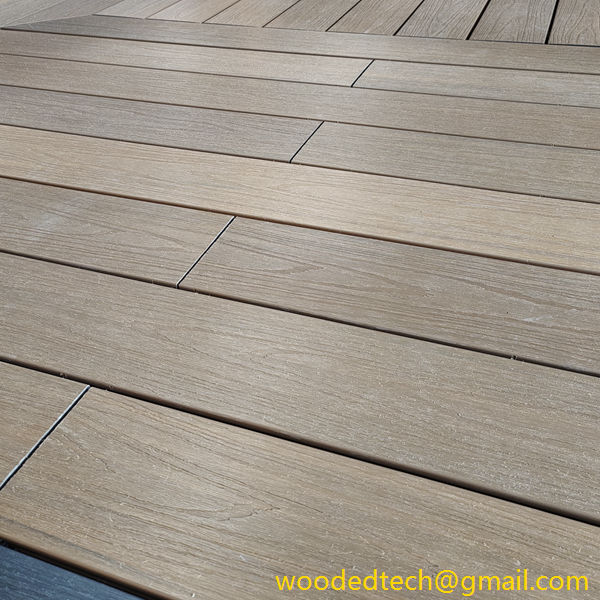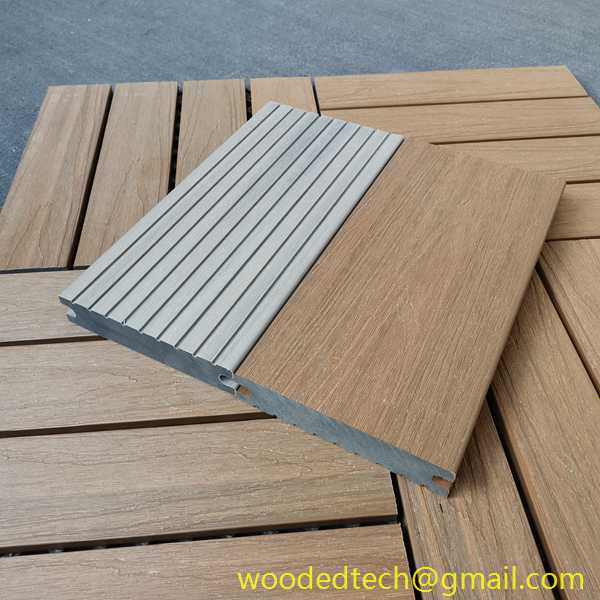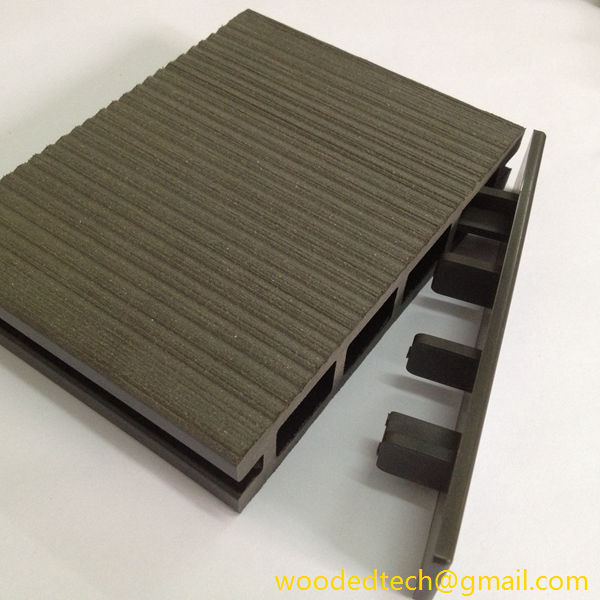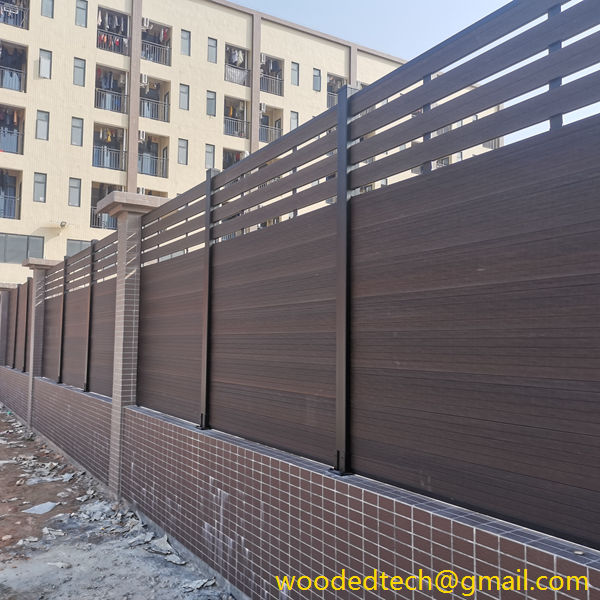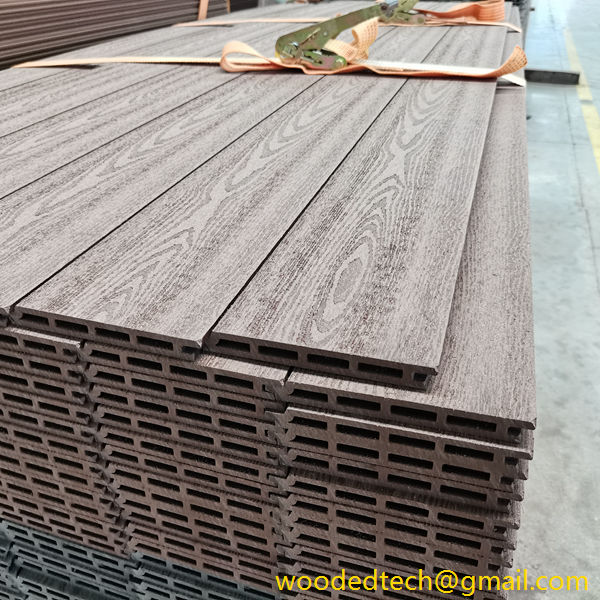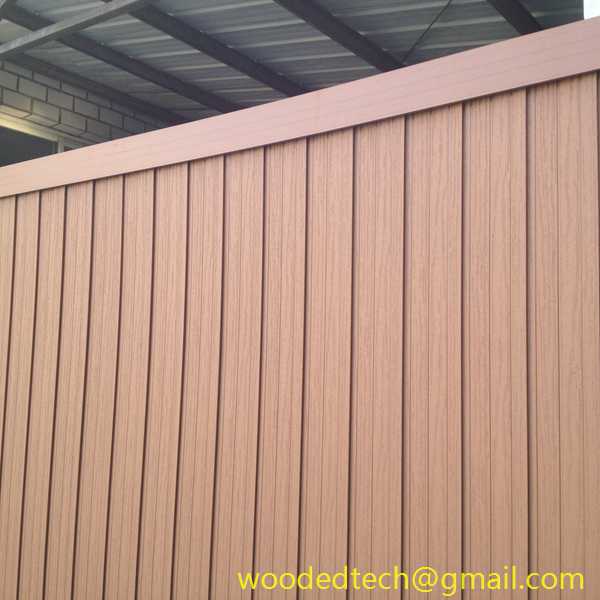What You Need to Know About WPC Extrusion Line for Efficient Production of WPC Products
Wood Plastic Composites, commonly known as WPC, have gained significant popularity in recent years due to their eco-friendly nature and versatility. WPCs are made from a blend of wood fibers and plastic, offering the best of both materials. The production of WPC products extensively relies on the extrusion process, which is a critical step in defining the quality and performance of the final product. Understanding the intricacies of the WPC extrusion line is essential for manufacturers aiming to achieve efficient production while maintaining high standards.
The extrusion process begins with the careful formulation of the WPC material. This involves selecting the appropriate types of wood fibers and plastic resins. The wood fibers can be derived from various sources, including recycled wood, sawdust, and agricultural residues. The choice of plastic resins, on the other hand, can range from polyethylene to polypropylene, depending on the desired properties of the final product. Achieving the ideal blend is crucial as it affects the mechanical properties, durability, and appearance of the WPC.
Once the materials are selected, they are fed into the extruder, which is the heart of the WPC extrusion line. The extruder consists of a hopper, a barrel, and a screw. The hopper is where the raw materials are introduced into the system. The screw plays a vital role in mixing and melting the materials as they move through the barrel. The design of the screw is critical; it must ensure efficient material transport, mixing, and melting to produce a homogeneous melt. Various types of screws, such as single-screw or twin-screw designs, can be employed depending on the specific requirements.
Temperature control is another essential factor in the extrusion process. The barrel of the extruder is equipped with heating zones that allow for precise temperature regulation. Each section of the barrel may have different temperature settings to accommodate the melting behavior of the materials used. Proper temperature management ensures that the wood fibers do not degrade while the plastic achieves the necessary viscosity for shaping.
As the molten WPC exits the extruder, it is shaped into the desired profile using a die. The die determines the cross-sectional shape of the product, which can range from decking boards to decorative moldings. The design of the die must be meticulously crafted to ensure uniformity and consistency in the final product. Additionally, the cooling system that follows the die is crucial for solidifying the extruded shape. This system typically employs water or air cooling to ensure that the product maintains its dimensions and surface quality.
Another important aspect of the WPC extrusion line is the downstream processing equipment. After cooling, the extruded WPC may undergo various finishing processes, such as cutting, sanding, and surface treatment. These processes enhance the aesthetic appeal and functional performance of the product. Manufacturers may also choose to apply additives or coatings during this stage to improve UV resistance, color stability, and overall durability.
Quality control is paramount throughout the extrusion process. Regular monitoring of material properties, temperature, and extrusion speed is essential to ensure that the final products meet industry standards. Any fluctuations in the parameters can lead to defects such as warping, discoloration, or dimensional inconsistencies. Implementing a robust quality assurance system helps manufacturers identify issues early in the process, allowing for timely adjustments and minimizing waste.
Moreover, the choice of equipment is vital for the efficiency of the WPC extrusion line. Investing in high-quality extruders, dies, and downstream equipment can significantly impact production rates and product quality. Additionally, considering automation and control systems can optimize the workflow, reduce labor costs, and enhance overall productivity.
In conclusion, understanding the WPC extrusion line is essential for manufacturers aiming for efficient production of high-quality WPC products. From material selection and formulation to temperature control, die design, and downstream processing, each step plays a critical role in determining the success of the production process. By focusing on these aspects and implementing rigorous quality control measures, manufacturers can ensure that they produce WPC products that meet consumer demands while also contributing to sustainable practices. As the demand for eco-friendly materials continues to rise, mastering the intricacies of WPC extrusion will be key to staying competitive in the market.

